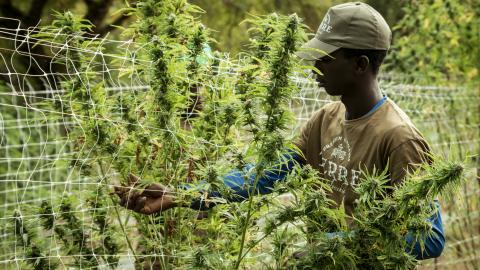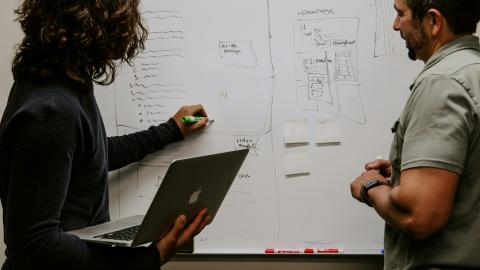
Tuesday, June 22, 2010
by Jenna Armstrong, ERC Trainee
This week, as a graduate student I had an amazing opportunity to join some research staff in conducting an investigatory study on ergonomics in related agricultural occupations. According to the Berkeley Lab and the IEA, Ergonomics is “the science of designing the job, equipment, and workplace to fit the worker.” Proper design or equipment or processes are necessary to prevent repetitive strain injuries. Although I had learned about the importance of ergonomics in our industrial hygiene courses—namely on repetitive and strenuous industrial work--this was my first experience in the field and with technical equipment measuring the movements of workers. While much research has been done in the industrial and office work settings, fewer ergonomic studies have focused on agriculture. The goal was to use input measurement devices and current computer data logging programs to record movement and range of motion data over the course of a typical eight hour work period for an agricultural worker.
I traveled with two other women research staffers to Central Washington, where we had a debriefing meeting over the technical equipment and computer programs at the hotel before our early departure at 4:00 AM. Although I take pride in the fact that I am originally a small town girl who grew up in Southern Missouri, I have spent the last 5 years of my life in the city. I was shockingly brought back to my own rural upbringing when I remembered the crazy hours that farm workers wake up everyday to start their work. Needless to say, it is quite opposite the 9-5 “dream job” working environment that we all dream of as students! However, work in the fields is invigorating and lively. It turns out (with great appreciation for Washington State’s higher latitude) that the sun rise begins around 4:30 AM during the month of June. Once I got into the flow of things and adjusted to the hours, it was refreshing to feel like we were the only ones awake as most of the population still slept soundly in comfort of their own beds. The sun rising during a crisp summer morning over Mount Adams and the Cascade Range to the west was definitely a view to remember. But reflection time ended as there was work to be done!

I learned that in the orchards, most of the tree fruit thinners are women. They work with the utmost speed and finesse, removing whole branches of baby fruits in the blink of an eye. Most fruits, such as apples, grow as baby fruits in “bunches” of 3 or 4. The goal of fruit thinning is to remove all apples from the bunch expect for one in order to maximize energy supply and allow it to grow to a fuller, appealing size for consumption. Although most fruit thinning occurs through the use of special ladders, there has been a recent shift to relying on specially made, mechanical “platforms”. Although more expensive, these platforms speed up the work process and is extremely beneficial for large fruit growers. However, there is very little knowledge on the ergonomics and work load required for the women to stay in pace with the machine. As research scientists, we kept track of productivity (e.g. speed of the platform) and conducted personal observations that included our own notes about observed motions and habits; as well as recording video and taking photos.
As a student, I was really thankful for the chance to do interesting work. I think that results from this project will really allow the development of recommendations and ways to make the tree fruit thinning process more productive and safe! Most of all, I really enjoyed working with the women workers, and even got the chance to use some of the Spanish I had studied all those years. They were extremely cooperative, and willing to show us the ropes. Due to the fact that most of our research staff was also women, there was a unique sense of camaraderie and friendship. This was best displayed when we were recording measurements on a worker, and she quickly jumped down from the platform mid-day and started running back to her car. She had just received a phone call from her family in the hospital, as her eldest daughter had been in labor all day and was having a baby. She was going to become a grandmother-- what exciting news! We had to quickly and carefully remove all her monitoring equipment, and wish her the best of luck. It was a perfect example of how occupational field work may never go as planned. Sometimes it is for reasons that we scientists can no longer “control” for.
To end the trip, I got to try some freshly picked Rainer cherries straight from the tree and took home a bundle of picked asparagus. Needless to say, I will never taste anything quite as good in Seattle. I have become more deeply appreciative of the hard work that agricultural workers put forth for us to enjoy our food and hope to get back to the valley as soon as my research allows!
Photo Credits: Jenna Armstrong




